5 Projects for Your Project-Based Learning Classroom This Year
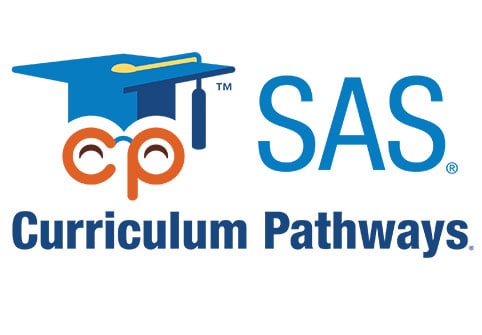
Lucy Kosturko
I run. By no means do I call myself a “runner,” but I enter races now and then. That means I train—a couple of miles on weekdays, long runs on the weekend. Some training runs are fast and enjoyable; most are slow and sluggish. Come race day, though, I’m quickly out of the gates, annihilating my training pace as if I could run for days. Why? The obvious answer is adrenaline. But what makes a race different? What gets that juice flowing?
Cheering crowds around each corner. Audience and purpose. The finish line.
A race has meaning.
Meaningful Assignments
This concept of meaning also applies to the classroom. Completing a writing assignment for you, my teacher (audience), to get a grade (purpose) is like a training run. You might receive some exceptional essays, but most will lack passion. And this is exactly what the research shows: providing students with a purpose (other than getting a grade) and an audience (other than their teacher) significantly improves the quality of their work across multiple dimensions.
Now consider problem-based learning, or similarly, project-based learning. PBL contextualizes learning, gives it a greater purpose. Students must acquire content knowledge themselves—not through the less-engaging method of direct instruction. Thus, students guide their own learning, add their own meaning and experiences, dig into the material, and actively engage with the content. More importantly, students, not teachers, learn to answer the dreaded question: When will we ever use this stuff?
PBL Lessons
Devising PBL lessons takes determination and time. A lot of time. Teachers must manage several moving parts and devote a significant amount of class time. Teachers put a lot on the line to engage students in even a multi-day PBL lesson; some of the most effective take weeks to complete.
Now, consider planning. Teachers must first conceptualize the problem or project, which is more complex than it sounds. Essential PBL elements, according to the Buck Institute for Education, include authenticity, student autonomy and choice, optimal challenge, and sustained inquiry (i.e., identifying a problem that “involves an active, in-depth process over time, in which students generate questions, find and use resources, ask further questions, and develop their own answers”).
Next, teachers must identify the components. What tools and resources should be available to the students? Which elements should the kids explore and find? How do you balance autonomy and choice while curating resources sufficient to challenge students without overwhelming them? Where do you find such resources?
In sum, planning a PBL lesson is intimidating.
PBL Resources
To reduce that intimidation, SAS Curriculum Pathways provides a one-stop shop for supplementing PBL lessons…for free! From complete lessons to interactive tools and resources, the product is a PBL gold mine. You’ll find more than 1,250 PBL ideas and hundreds of standards-aligned PBL lessons in the five core disciplines, each equipped with guides that include learning objectives, assessment rubrics and keys, and a detailed procedure.
5 Project Ideas
Take a look at this jazzy lesson on Structure and Form in Sonnets, Ballads, and the Blues. In this project, students gain an understanding of poetic structure, devices, and themes by assuming the role of a composer. Pre-made handouts guide students as they establish background knowledge, define key terms, and explore a vetted list of research websites. Students even take a Blues Road Trip while listening to original pieces and reading biographical sketches of essential musicians.
Amped-up on their research and adrenalized by self-reflection, students rip on their digital Gibson guitars in apps like GarageBand and tell their own stories. And remember, this is only one of the hundreds of PBL lessons ready to plug-and-play in any classroom.
Have your own creative ideas? Curriculum Pathways also has supplemental tools and resources. Here’s a few for your classroom this year:
- Write Your Congressman. You’re concerned about the water quality in a local stream. Your community has several manufacturing plants, but which plant is doing the most harm? To identify the culprit, use the Stream Ecology Virtual Lab, part of a series of laboratory simulations that help build STEM expertise. Then open Writing Navigator and compose a letter to your local congressman with recommendations based on your findings.
- Homesteading Hal. Your neighbor, an aspiring organic farmer, is ready to leave city life behind, buy some land, and open his own organic farm. Where? He’d love your advice. Using the Organic Farms in the U.S. data set available through Data Depot, a repository of more than 50 cleaned, downloadable data sets, create a heat map to help Sam make his decision. Other available resources include blank PDF maps of the U.S. in the Interactive Atlas and Gloss, a mobile app for creating pictures and marking up PDFs.
- Food for Thought. Your local grocery store would like to create a public service announcement about the average price of food. Consulting the Cost of Food at Home data set in Data Depot, create an infographic using Canva; graphically display what adult men, adult women, and a family of four can expect to pay monthly for food.
- Shake It Off. Several earthquakes occurred from 2012-2013; the Academy of Seismologists wants to know why. Map the earthquakes by using the Interactive Atlas (available in English and Spanish) and the data set on Earthquakes in Data Depot. Are there patterns? If so, can you explain them? Finally, using Writing Navigator, write a report for the seismologists explaining your analysis; use evidence from your map.
PBL and Long-term Impact
Problem- and project-based learning lessons stay with students for years. They talk about them with friends and family. In the classroom or on the track, training exercises are easy to forget. But the races, the runs to which we attach meaning and purpose, the ones with something at stake—these stay with us forever and expand our understanding of who we are and what we can become.
Training versus racing: It’s the difference, as E.B. White says in another context, between planetary light and the combustion of stars.
This blog is part of a series brought to you by SAS Curriculum Pathways (Sign up for your free account at www.sascurriculumpathways.com/signup). For more, stay tuned in November for the final published project, Getting Smart on Tomorrow’s Classroom: Free Innovative Tools, Resources, and Apps and check out additional related posts:
- SAS Curriculum Pathways Provides Online Resources at No Cost
- Preparing Students for a Project-Based World
- Project-Based Learning Made Easy

Lucy Kosturko is a Research Scientist at SAS Curriculum Pathways. Follow SAS Curriculum Pathways on Twitter, @SASeducator.

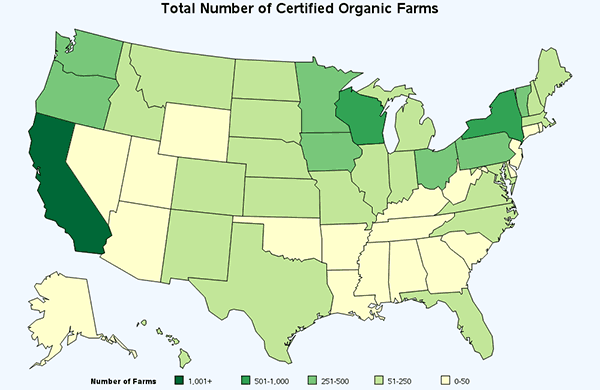
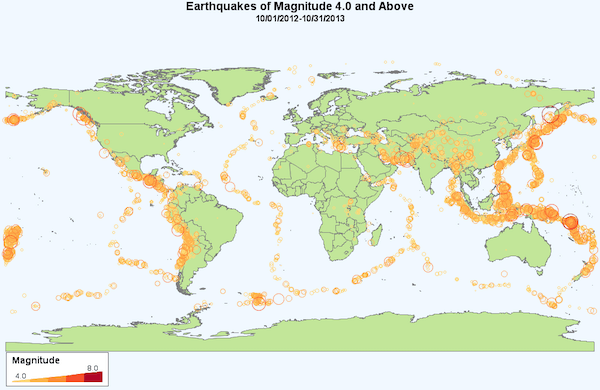

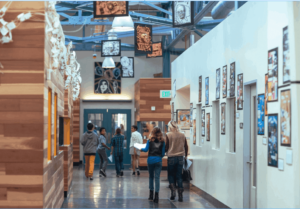

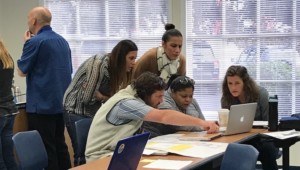
0 Comments
Leave a Comment
Your email address will not be published. All fields are required.